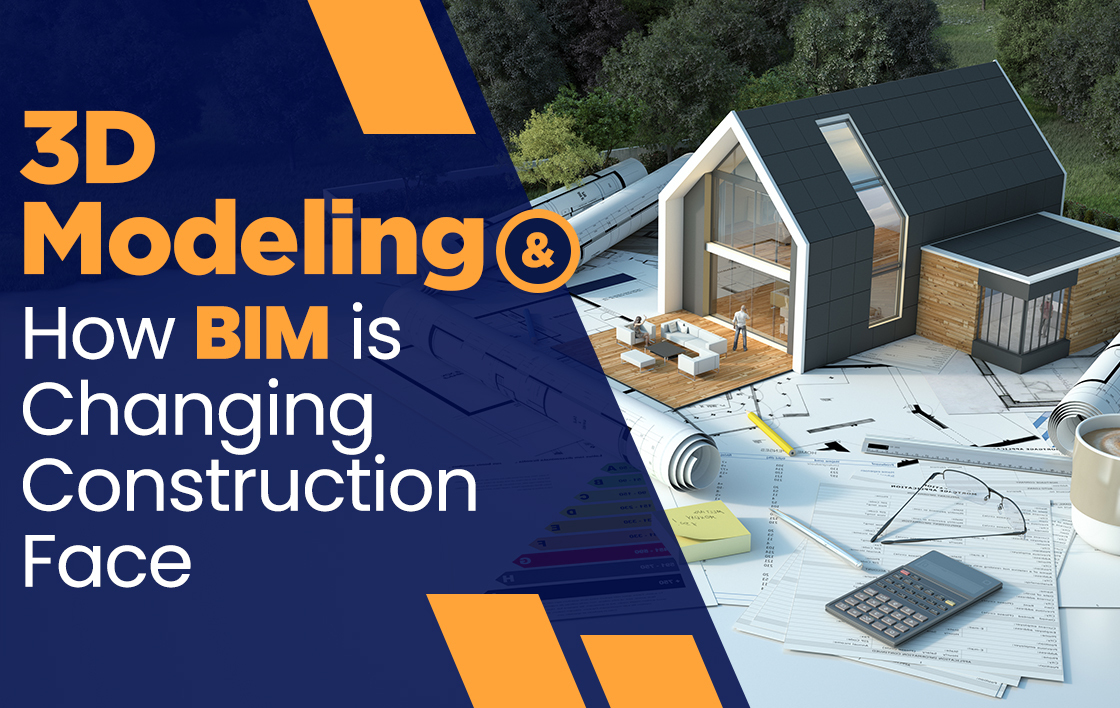While working on 3D modeling, we have often heard that BIM (Building Information Modeling) is the construction industry’s new face with a digital approach. The construction experts in the construction and architecture space believe this approach requires using digital tools and processes. The method is often sensed as the evolution of electrical estimators and contracting businesses. Today, Building Information Modeling is a digital technology that is helping construction people take the most precise evaluation through every step of the construction process and even after the construction is complete.
So, what is BIM in terms of the 3D Modeling Approach?
Building Information Modelling is a 3D modeling approach that stands as the best solution for designers, contractors, and developers to make the layout of the construction projects. Furthermore, the process encompassed in this approach often stands as the best option to manage, plan, and design projects as seamlessly as possible.
Using this 3D modeling technique, all the personnel working on a project can easily collaborate across all steps of a building’s lifecycle and give them access to a highly detailed digital representation of the project.
Apart from helping people get the most accurate 3D visualization of a structure, Building Information Modelling also:
- Provides critical details about what materials will be used, how much they will vary in money to be purchased, transported, and installed, and get correct information about the long-term performance of the structure taken into consideration.
- Ensures all project details are updated and the mainframe in real-time so everyone can access reliable data to calibrate the best results.
- It can be combined with other technologies, such as virtual reality, 3D printing, and robotics, further to enhance its capabilities and benefits to the construction process.
And this esteemed construction technology will continue to shape the future of moving forward; it’s expected to reach an estimation of about $10.5 trillion by 2023
Today, the BIM approach will get the most of the success rolling by:
1. Delivering Projects Faster
According to most of the construction and architecture surveys, BIM helped increase the speed of delivery for over 55% of construction professionals through digital automation. How? One major factor is lowering costly design changes and reworks by detecting potential design clashes that could enhance construction, helping teams complete a project faster and with fewer human errors.
With this approach used on top of 3D modeling, any change you make to the project is often added to every construction phase and shared with everyone that is taking this popular approach. This helps to prevent miscommunication and bad documentation and ultimately minimizes delays.
2. Reducing expenses from start to finish.
When using BIM software, a project’s design can make automatic updates to get a shared plan. Furthermore, stakeholders working on the same can cut costs early on by figuring out the exact amount of materials needed for the built-up. The unique steps of bolstering the construction industry can help the team avoid unnecessary costs and decreases waste generated from a construction site.
3. Increasing construction quality.
BIM can be synced with other innovative technologies such as virtual and augmented reality. Somewhere, these technologies allow users to test a structure’s design thoroughly. The design used in this approach is accomplished by using emergency routing, spatial planning, verifying indoor lighting design, and many others. All these steps help with verification that enables individuals to manage the quality of a project.
4. Improving sustainability.
Commercial and residential buildings have been among the main villains for the depletion of resources and energy on many occasions. However, by using this construction modeling approach, construction professionals can reduce waste by accurately calculating the amount of material they need for each project. Plus, some BIM technology helps you get over materials digitally and ultimately choose more sustainable options to design a more energy-efficient construction or space.
5. Providing benefits long after the project is complete.
Not just a construction tool to be used during the building project, BIM continues to provide ROI after construction is complete. Through digital records, a building’s manager or founder can quickly check for material used, installation fixtures, maintenance drafts, and warranty details to ensure efficient building management.
With this, in the case of intelligent buildings, the combination of Artificial Intelligence and BIM allows facility managers to analyze data for better preventive maintenance measures. Any other development work that talks about potential mean? To get over it, the BIM approach could also provide architecture firms with details about the quality of their setups and builds that can be vanished due to any deterioration. Somewhere, this invaluable data would allow them to learn from their potential mistakes and make better decisions in future construction development.
The world has changed at a faster rate in recent years as we are completing more and more work in the digital environment.
Final Thoughts
The construction industry is checking upon BIM technology to keep up with it. But unfortunately, the future looks gloomy for how it can continue to bring innovations to the extensive construction industry. So today, if you are looking to deep dive into this 3D modeling approach used to get over most of the construction and architecture flaws, feel free to connect with Chester Design Group!

